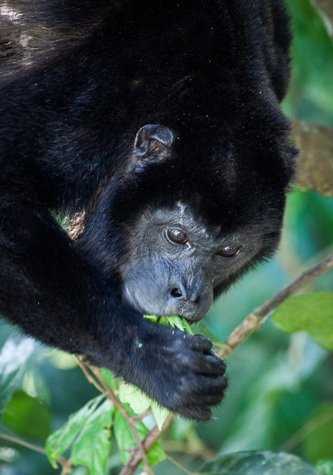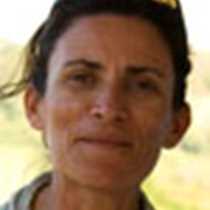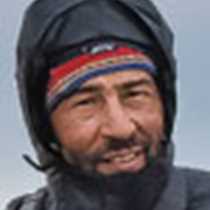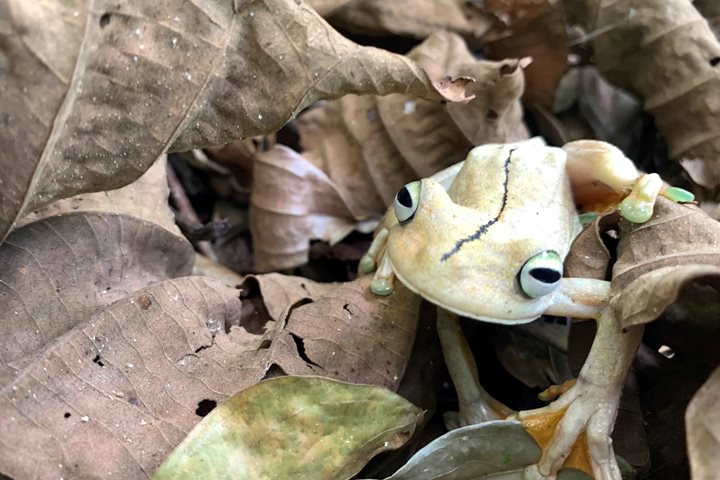This morning we visited the almost “untouchable” Barro Colorado Island (BCI). Created in 1923 by the damming of the Chagres River and the forming of the Gatun Lake, this lush island right in the middle of the lake became one of the first biological reserves in the new world. It is managed by the Smithsonian Tropical Research Institute (STRI) which administers a world-renowned facility here; through its trails marched scientists such as Alexander, Chapman, Eigenmann, Emerson, Fairchild, Michener, Snyder, Standley, Woodring and Zetek.
BCI is also a natural monument and is one of the most intensively studied areas in the neotropics. The 1940 Convention on Nature Protection and Wildlife Preservation in the Western Hemisphere defines nature monuments as “regions… to which strict protection is given. The purpose of Nature Monuments is the protection of a specific… flora and fauna…., as an inviolate nature monument except for duly authorized scientific investigation…” Although the 15 sq.km. island was at first restricted only to scientists, a limited number of visitors are now allowed to enter as part of a guided tour, the guests of National Geographic Sea Lion included. We have had a special license from the Panama Canal Authorities and STRI for almost ten years now, which allows us not only to visit the facility, but to anchor right in the lake in the middle of our canal transit, in order to visit the island.
Our guests could choose to do two things: walk the rain forest one more time or take a last ride in our infallible ELCs (Exploration Landing Crafts). We were very lucky in both choices: mantled howler monkeys, Central American spider monkeys, Central American agouti, red-tailed squirrel and even the very elusive northern tamandua anteater were spotted.
Our afternoon closed with the last bit of the Panama Canal, the Gatun Locks, which sealed our transit through the greatest path between two seas. One of the world’s greatest shortcuts, the Panama Canal cuts right through the continental divide, linking the Atlantic and Pacific Oceans, and only a few privileged people get to do it. I can hardly think of a better way to end our trip, except perhaps with a big smile and the memories of a great week behind us.









